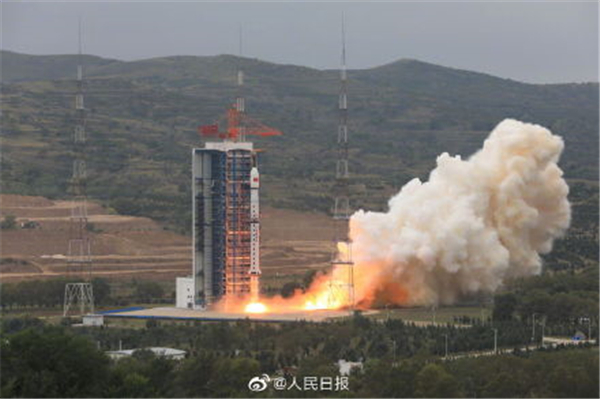First polar observation satellite launched into orbit
Updated: 2019-09-12

China sends a resource satellite and two small satellites into planned orbits from the Taiyuan Satellite Launch Center in North China's Shanxi province on Thursday. [Photo/People's Daily]
China sent its first polar observation satellite into space on Thursday to strengthen the nation's polar research capability.
The BNU-1, also known as Ice Pathfinder, was launched atop a Long March 4B carrier rocket at the Taiyuan Satellite Launch Center in North China's Shanxi province at 11:26 am with an optical remote-sensing satellite and a micro experimental satellite, according to China Great Wall Industry Corp, the satellites' launch service contractor.
The mission marked the 310th launch of China's Long March carrier rocket series.
Developed and constructed by Aerospace Dongfanghong Development in Shenzhen, South China's Guangdong province, the BNU-1 weighs 16 kilograms and carries three experimental payloads – a multispectral camera, a high-resolution visible-light camera and an automatic identification system receiver, a device for ship identification.
The satellite is tasked with observing and monitoring climates and environments in the Antarctic and Arctic. It is expected to work in a sun-synchronous orbit more than 730 km above the Earth for up to two years, the China Academy of Space Technology, parent of Aerospace Dongfanghong Development, said in a statement.
After a certain period of in-orbit tests, it will be delivered to the Joint Center for Polar Research of Chinese Universities to start formal operations.
The BNU-1's service will enable China to put an end to its heavy reliance on Western companies' satellites in terms of images and data of polar regions, extensively bolstering the nation's polar and global environmental research, the academy said.
It noted that the satellite can track ice movement along sailing routes and combine the data with passing ships' information received via the mounted automatic identification system receiver to analyze collision hazards and then autonomously prepare navigation routes.



